Tipping bucket rain sensor: easy installation, quick construction of rainfall monitoring system
As a common and efficient precipitation monitoring tool, the tipping bucket rain sensor is widely used in meteorology, agriculture, water conservancy and other fields due to its simple structure and convenient installation. This article will introduce how to easily install the tipping bucket rain sensor and quickly build a rainfall monitoring system.
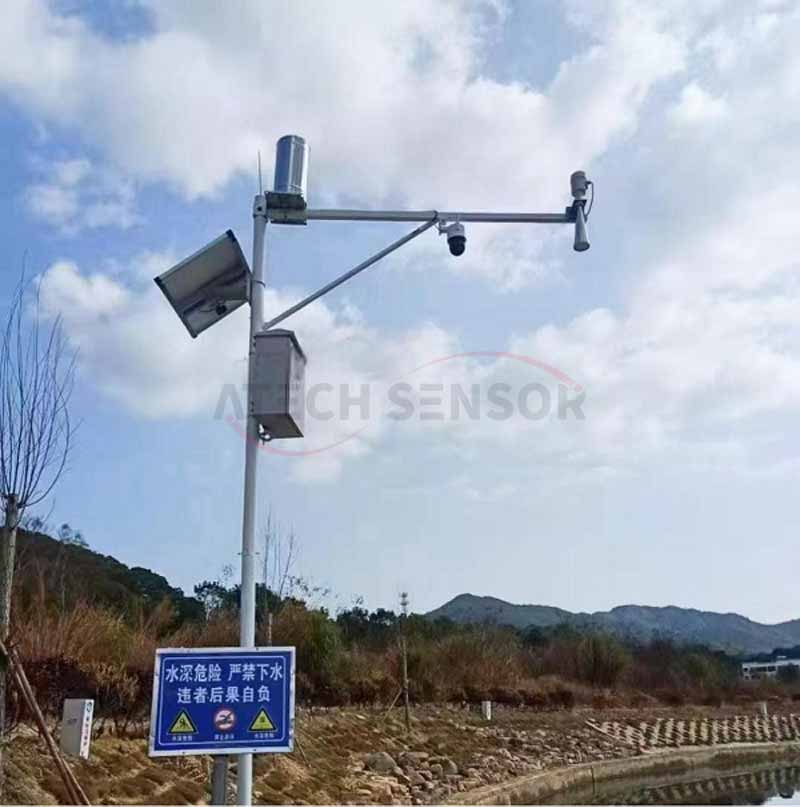
1. Installation advantages of tipping bucket rain gauge sensor
1) Easy installation
The structure design of the tipping bucket rain gauge sensor is very simple, usually consisting of a tipping bucket container, sensor trigger, counter and data transmission module. Users only need to place the sensor in an open area, ensure that the device is stable and avoid any obstruction or tilt, and then they can install it smoothly. Its simple installation method greatly saves time and manpower.
2) Low power consumption and independent power supply
The power consumption of tipping bucket rain gauge sensors is generally low, and many models support solar power supply, which allows them to be used for a long time in areas without a stable power grid. For example, in remote agricultural areas or outdoor environments, users can rely on solar energy to provide a stable power supply for the sensor, eliminating power supply problems.
3) Adaptable installation location
The sensor has low requirements for the installation location and can be flexibly selected. You only need to ensure that the installation location is unobstructed and can directly collect precipitation. For example, the sensor can be installed on roofs, open fields, farmlands, etc. to avoid trees or buildings blocking rainwater from entering.
4) Real-time data transmission
Modern tipping bucket rain gauges have wireless data transmission capabilities and support real-time transmission of precipitation data to cloud platforms or data centers via 4G and other communication methods. Users can monitor real-time precipitation conditions at any time without having to frequently visit the site, which is convenient and fast.
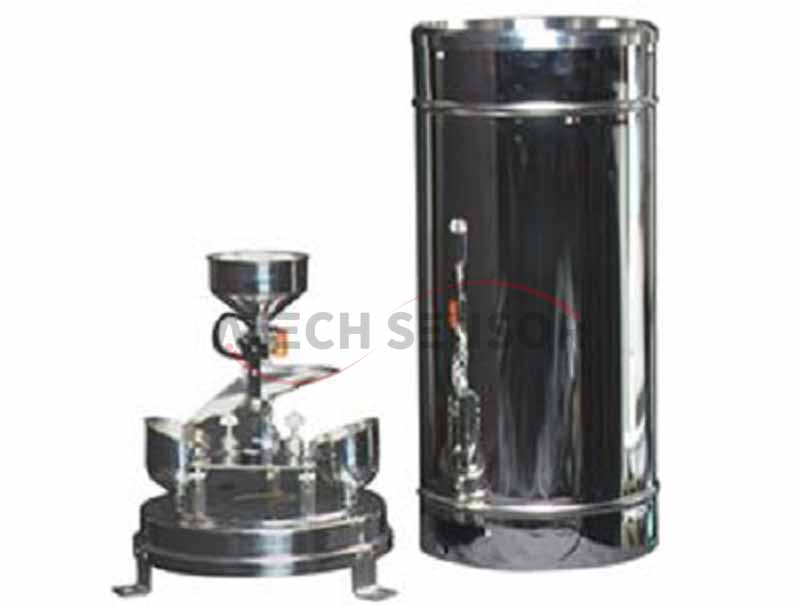
2. How to quickly build a rainfall monitoring system
1) Choose a suitable sensor
When choosing a tipping bucket rainfall sensor, users need to choose a suitable model based on actual needs (such as precipitation range, accuracy requirements) and installation environment. For monitoring of larger areas, multiple sensors can be selected to work in conjunction, while for small-scale applications (such as wind farms, single farmland), both single sensors and multiple sensors can be selected.
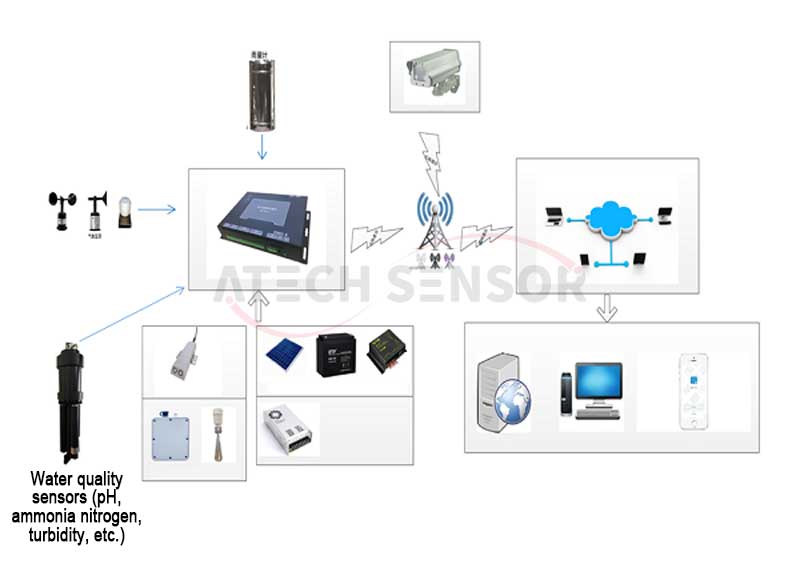
2) Determine the installation location
The choice of installation location is crucial. The sensor needs to be placed in an unobstructed place to ensure that rainwater can directly enter the bucket. The equipment should be kept level during installation to avoid affecting the measurement accuracy due to tilt. Usually, the installation location should be selected in an open space or roof to ensure accurate measurement of precipitation.
3) Connect to the data acquisition and monitoring system
After installing the sensor, it needs to be connected to the data acquisition system or weather station for data upload. Many bucket-type rain sensors can be connected to remote data platforms through wireless communications (such as Wi-Fi, LoRa, etc.) to transmit precipitation data in real time. Through such a system, users can obtain precipitation data in various regions at any time for remote monitoring and data analysis.
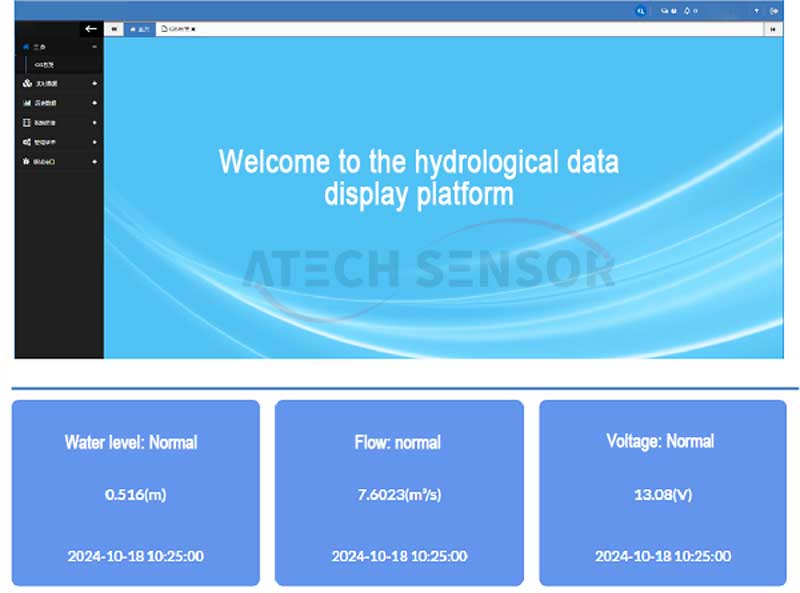
4) Calibration and testing
After installation, the sensor must be calibrated and tested to ensure that its measurement data is accurate. The working condition of the sensor can be verified by comparing it with a standard rain gauge or artificially simulating precipitation. After testing, adjust the sensitivity or set the threshold as needed to ensure stable operation of the device in different environments.
5) Maintenance and monitoring
The maintenance of the tipping bucket rain sensor is relatively simple, but the equipment needs to be checked and cleaned regularly. Modern equipment is usually equipped with automatic alarm functions, such as signal loss, which can remind users to perform maintenance in time. In addition, the design of the sensor is usually able to cope with harsh environments and has a long service life.
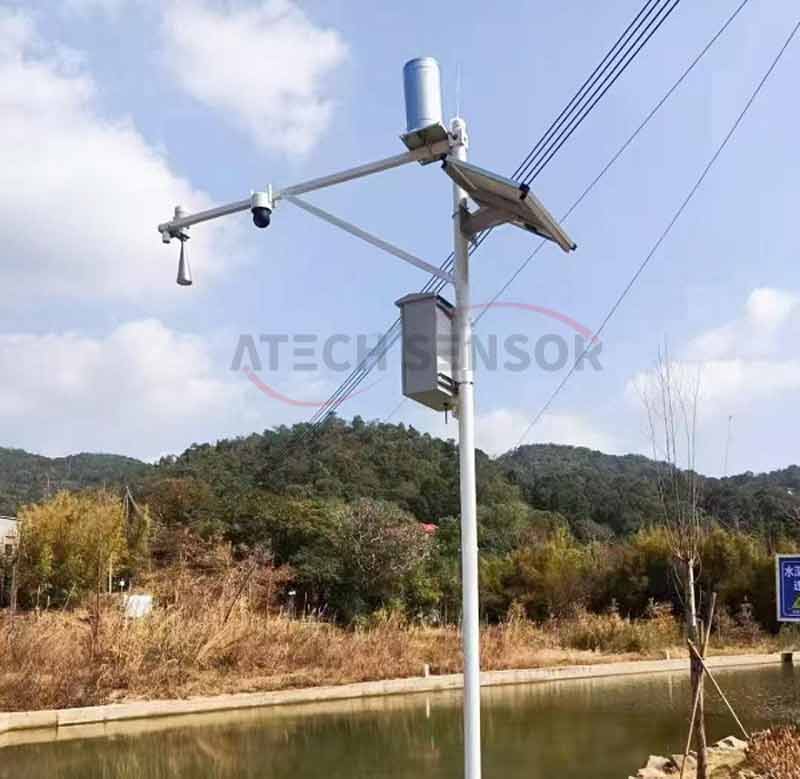
The tipping bucket rain gauge is an ideal precipitation monitoring tool due to its simple installation process, low power consumption and high adaptability. By selecting the right equipment, installing it properly and effectively connecting to the data platform, users can quickly build an efficient rainfall monitoring system. These systems are not only suitable for meteorological monitoring, but also for agriculture, water management and environmental protection, helping users obtain precipitation data in real time and support scientific decision-making.

